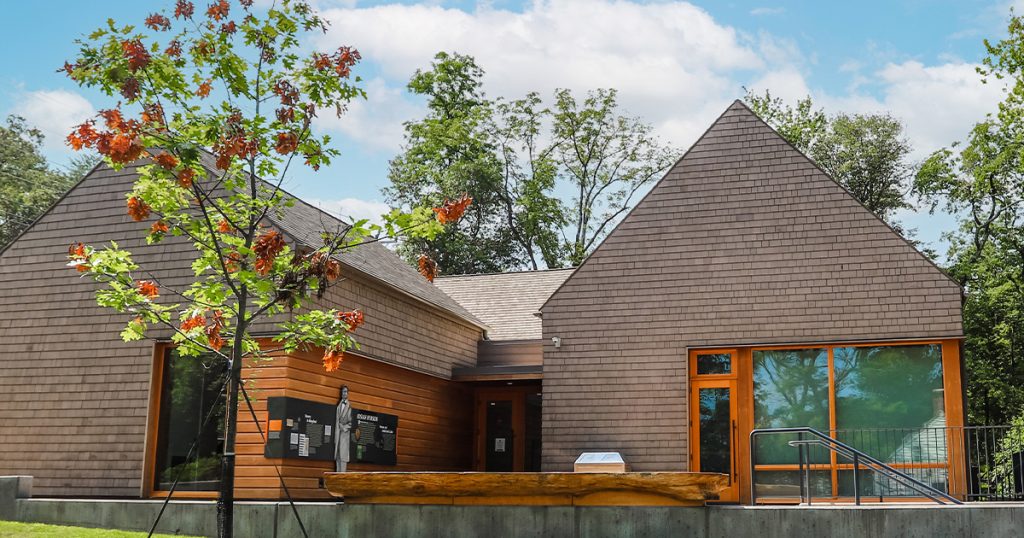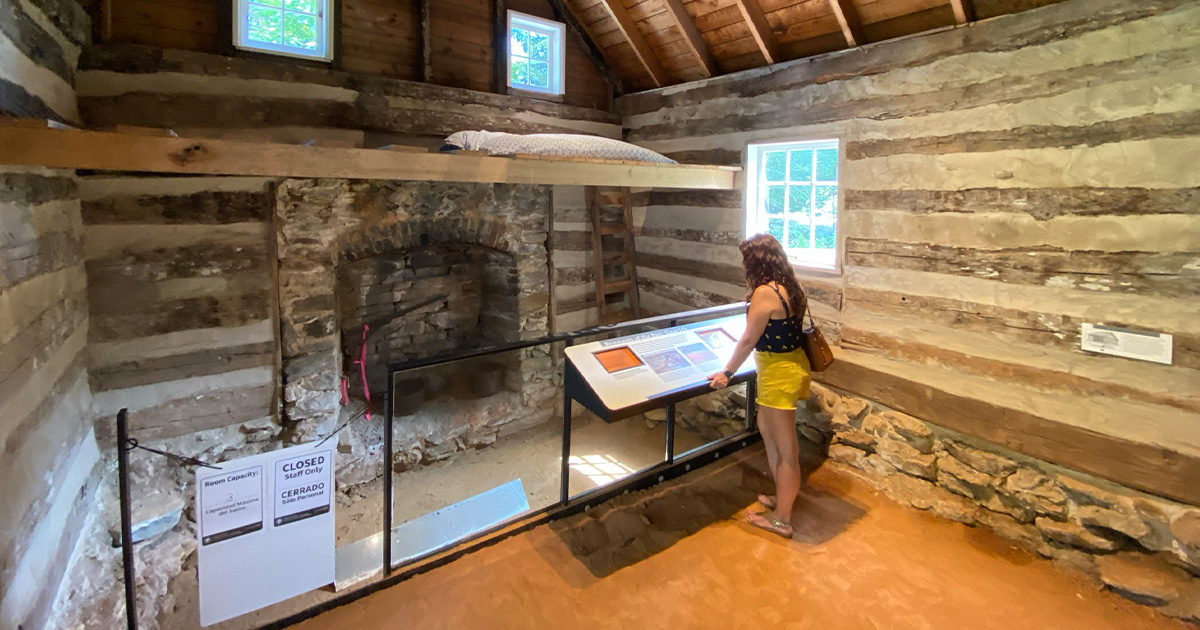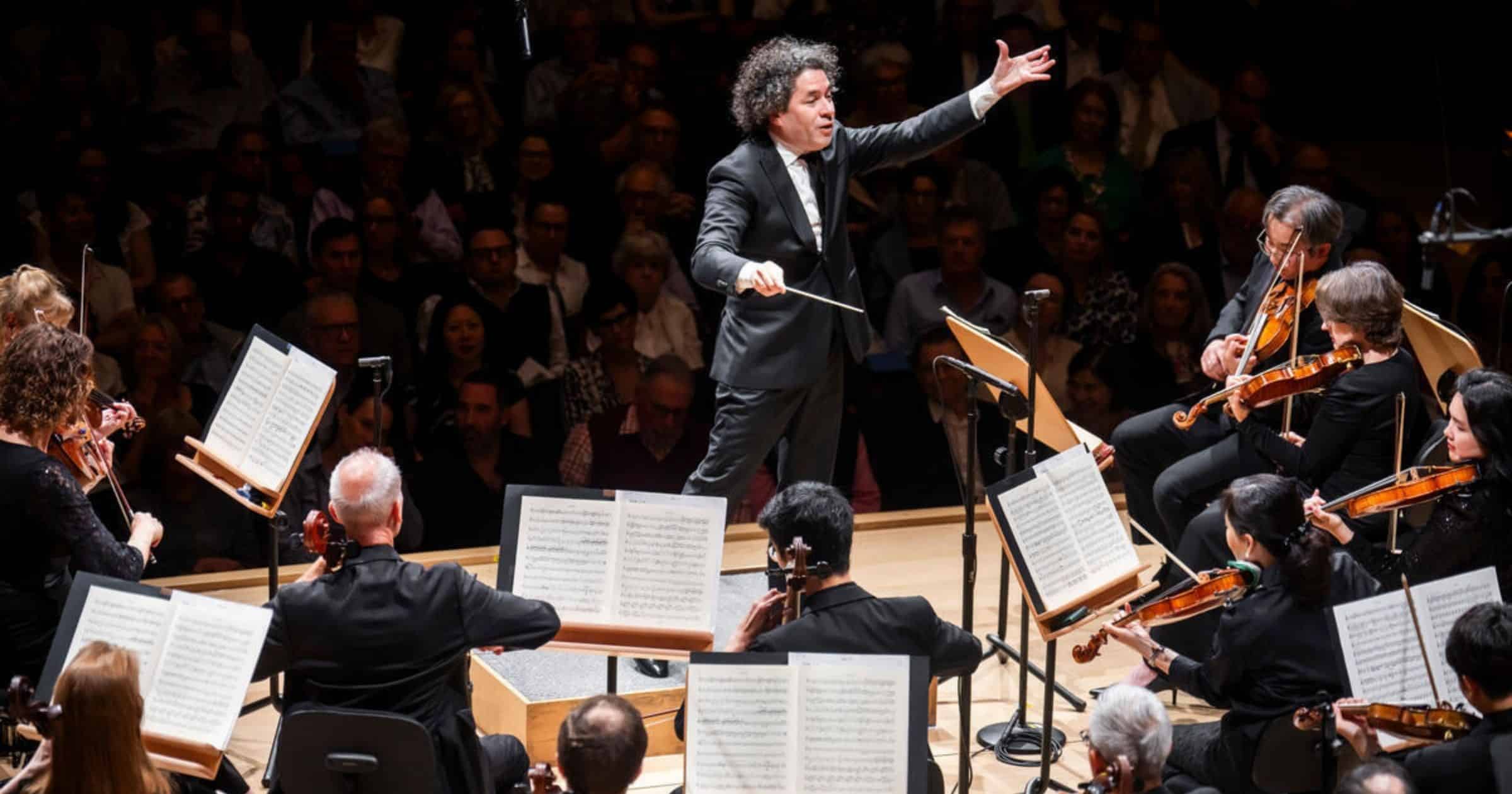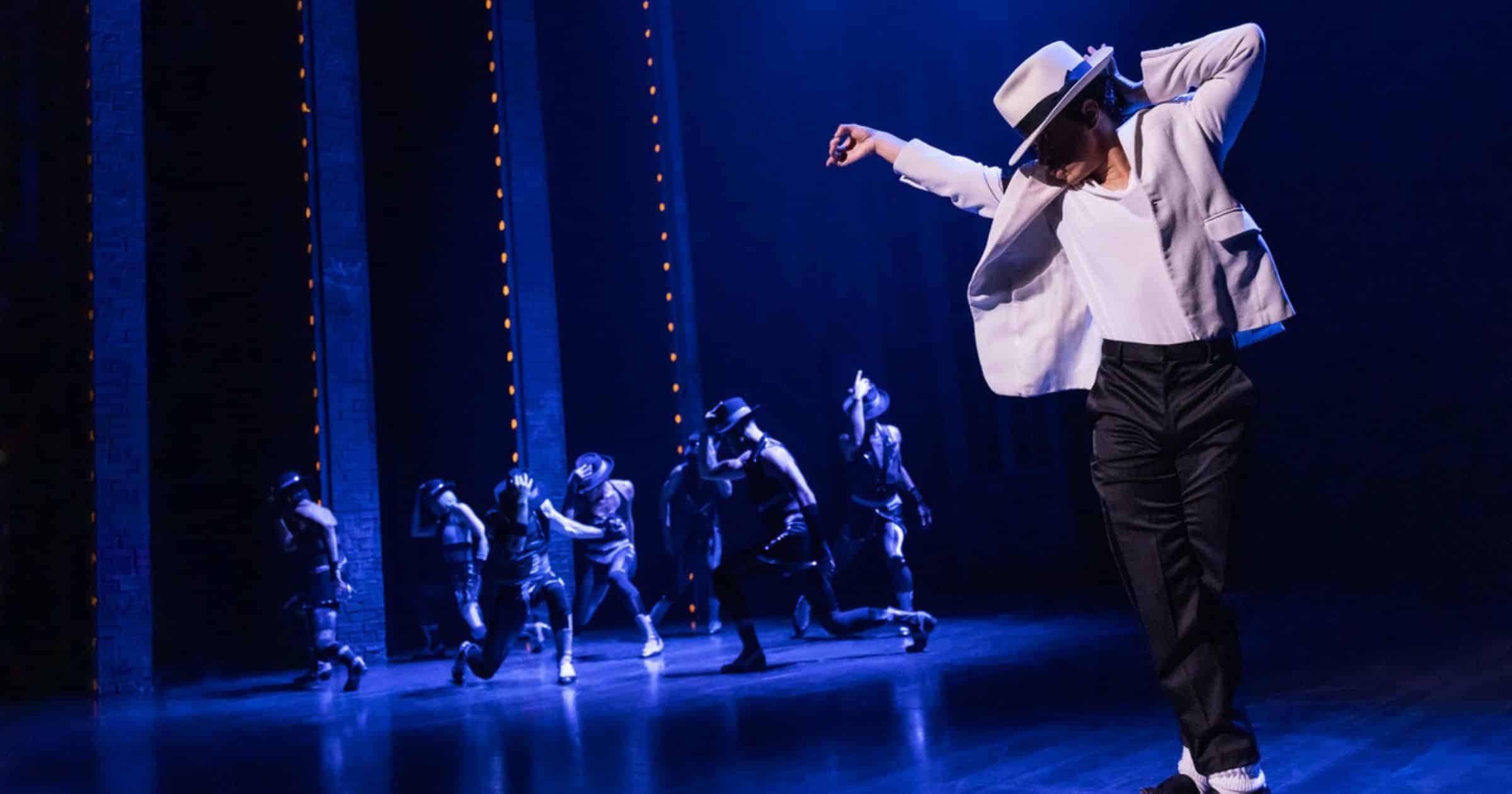In North Bethesda, Maryland is the former plantation property where Josiah Henson, the inspiration for Harriet Beecher Stowe’s famous novel Uncle Tom’s Cabin, was enslaved.
Josiah Henson Museum and Park shows the land of the historic Riley/Bolten House where Henson was enslaved. There’s an attached log kitchen and ongoing archaeologic work to find where exactly Henson lived. It’s also a part of the National Park Service: National Underground Railroad Network to Freedom Program.

Located inside the museum are exhibits with illustrations done by Kyle Baker. In the Visitor Center, students can watch a 12-minute orientation film, My Name is Josiah Henson. Another video can be found as you explore deeper into the exhibits. Students will learn things from who he was to how he escaped slavery and gained his freedom in Canada.
As you learn about Josiah Henson, you can learn about slavery not only in Montgomery County but in Maryland as a whole.
There are also artifacts in the museum that can resonate with older students and guests and an open, active archaeological dig site. The excavations have focused on uncovering any material culture remains of the enslaved population that lived and worked on this property. Fieldwork has revealed that parts of the Riley plantation survive intact, covered by the green lawns of modern residential lots, including foundations of former structures and many thousand 19th century artifacts.
Montgomery Parks, who oversees Josiah Henson Museum and Park, holds events at the museum throughout the year and during school breaks. Heritage Days happens around the end of the school year with demonstrations and free admission into African American Historical Sites in Montgomery County.
Group tours are available upon request. The museum is open on Friday and Saturday from 10:00 am to 4:00 pm and Sunday from 12:00 pm to 4:00 pm.
For more information and to book your group visit, visit montgomeryparks.org.
Photo Courtesy of Visit Montgomery.




